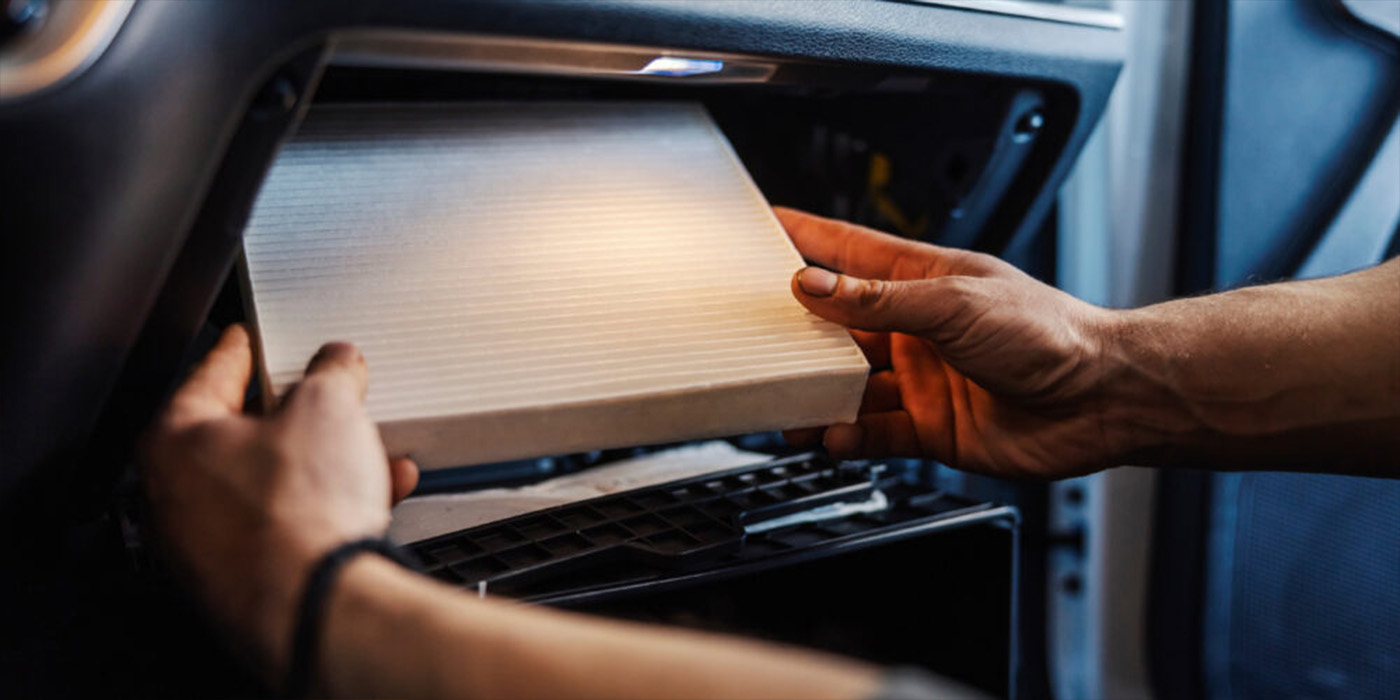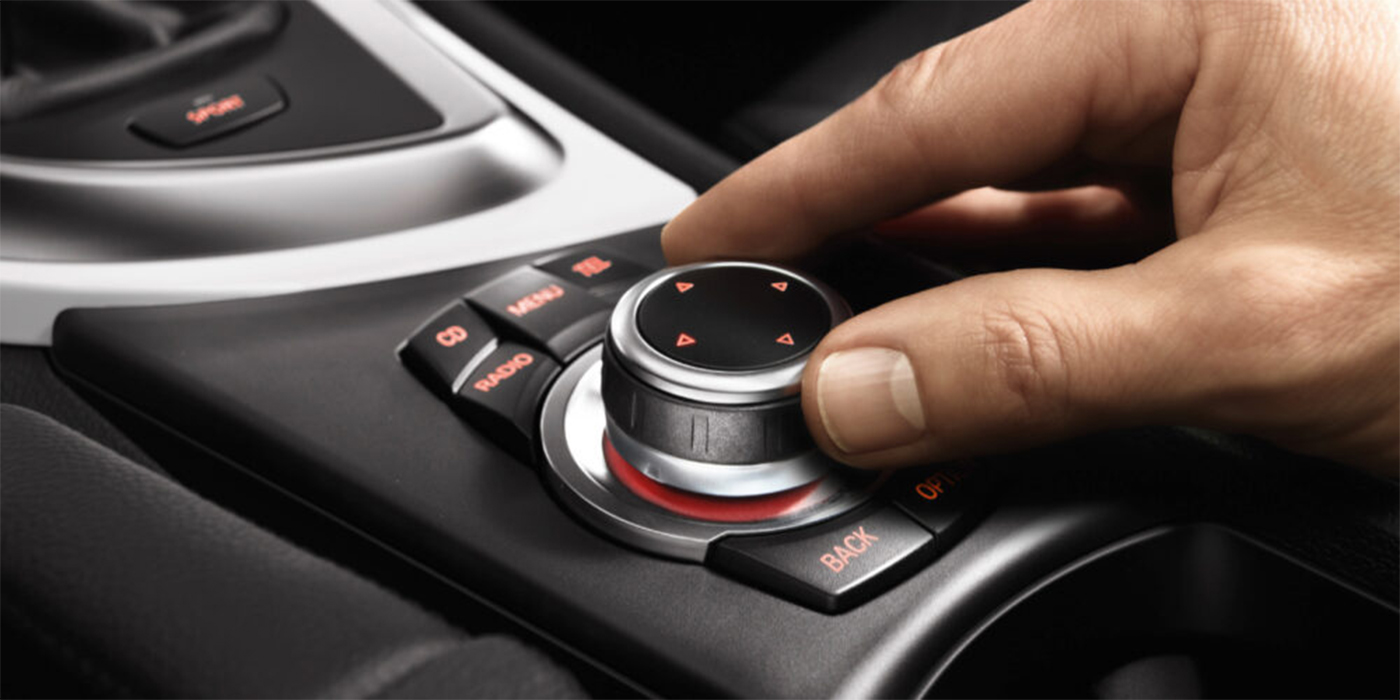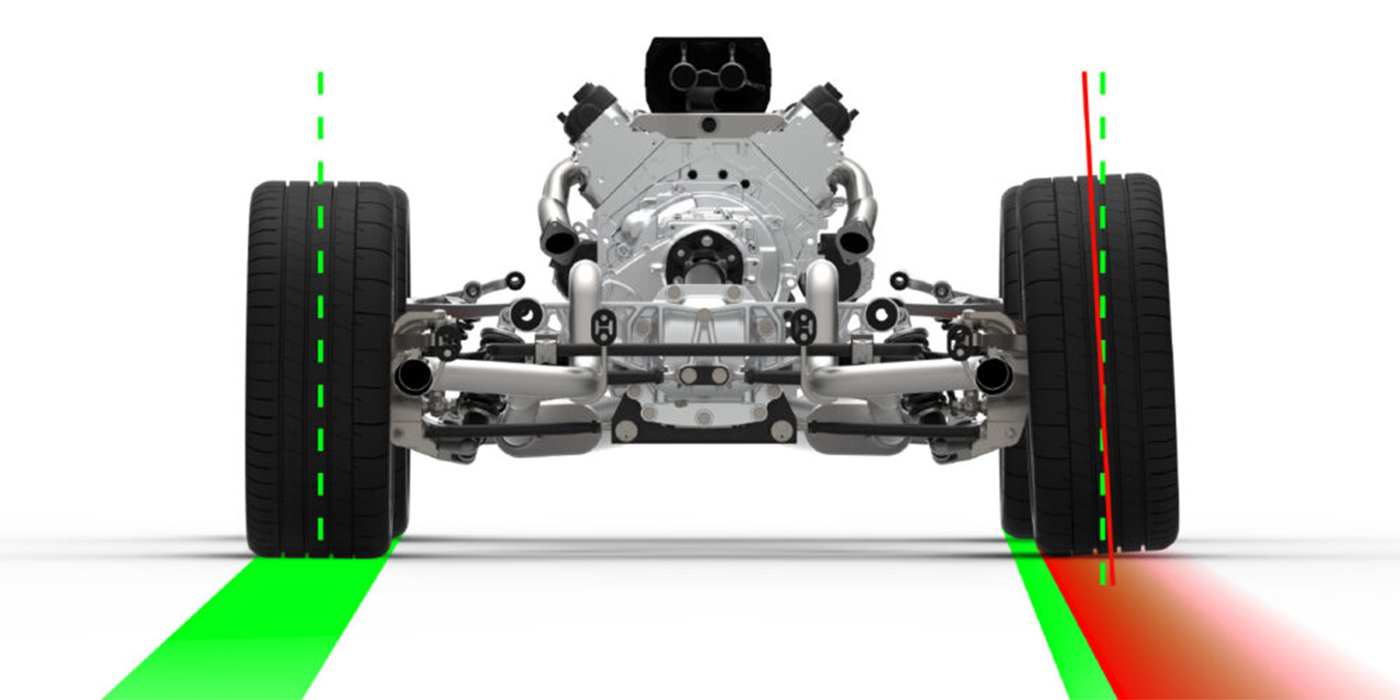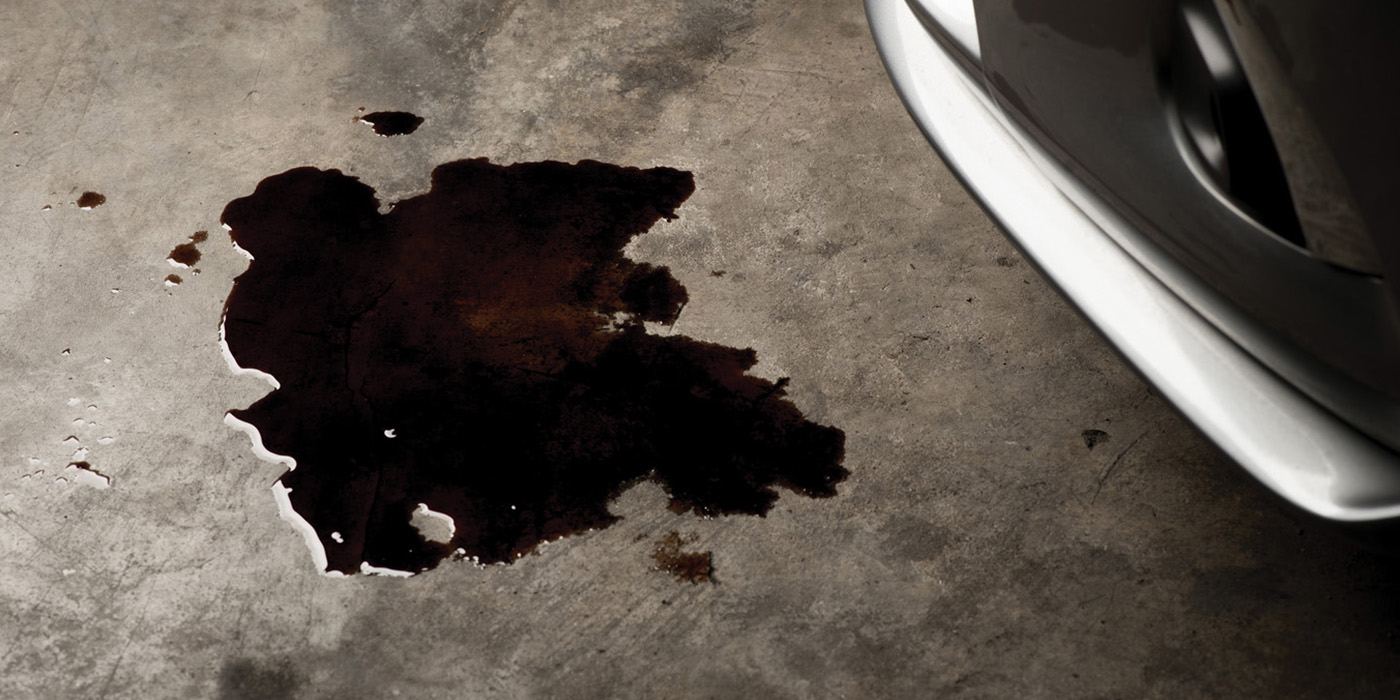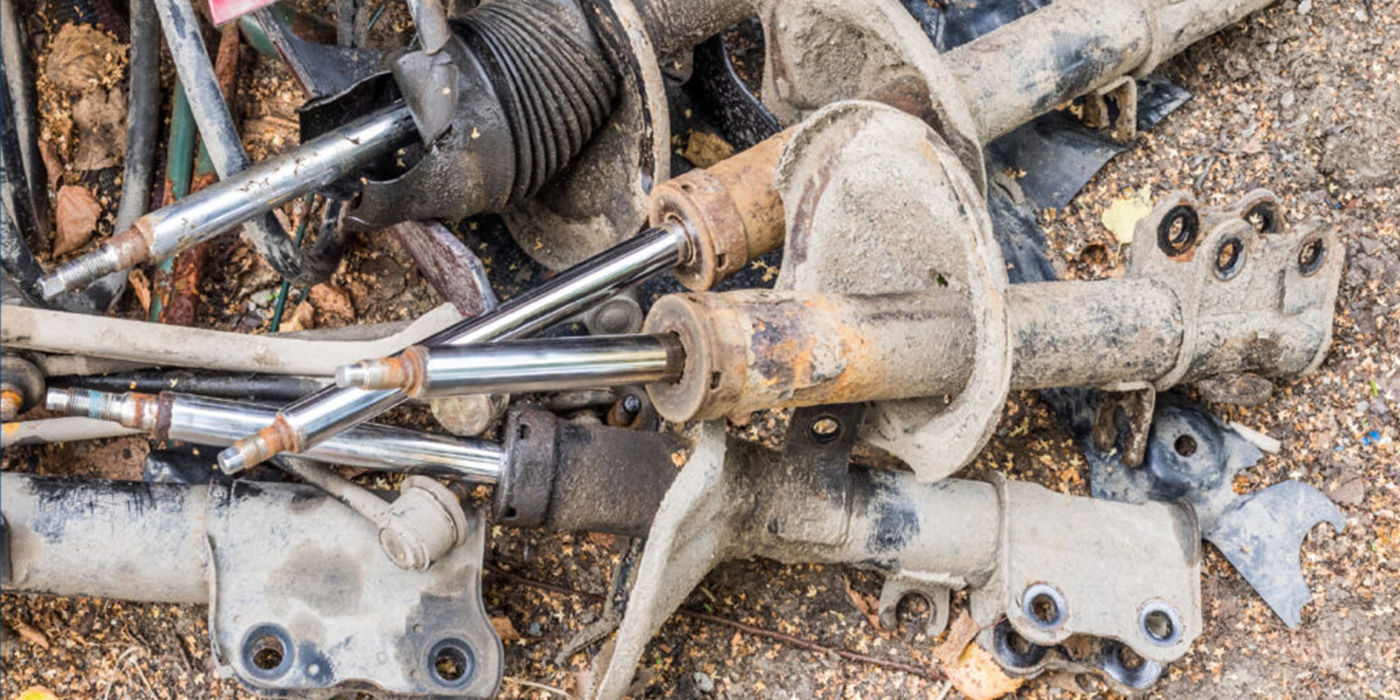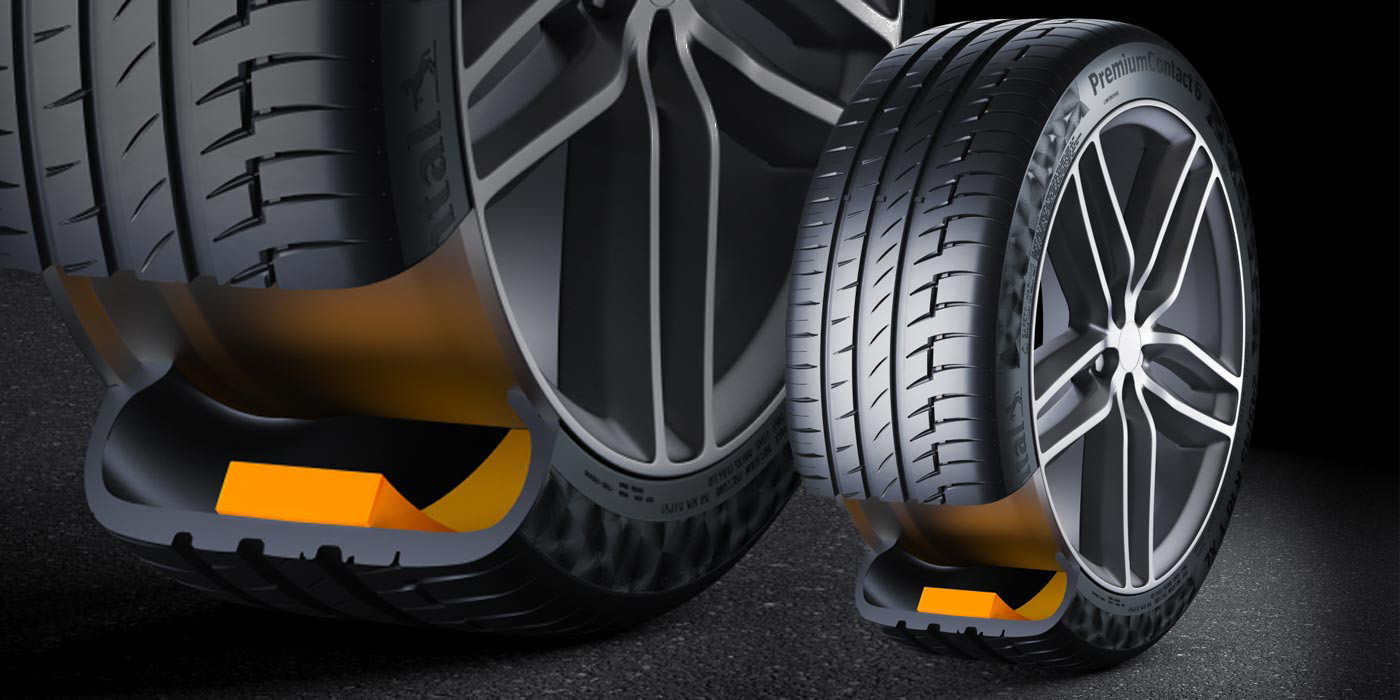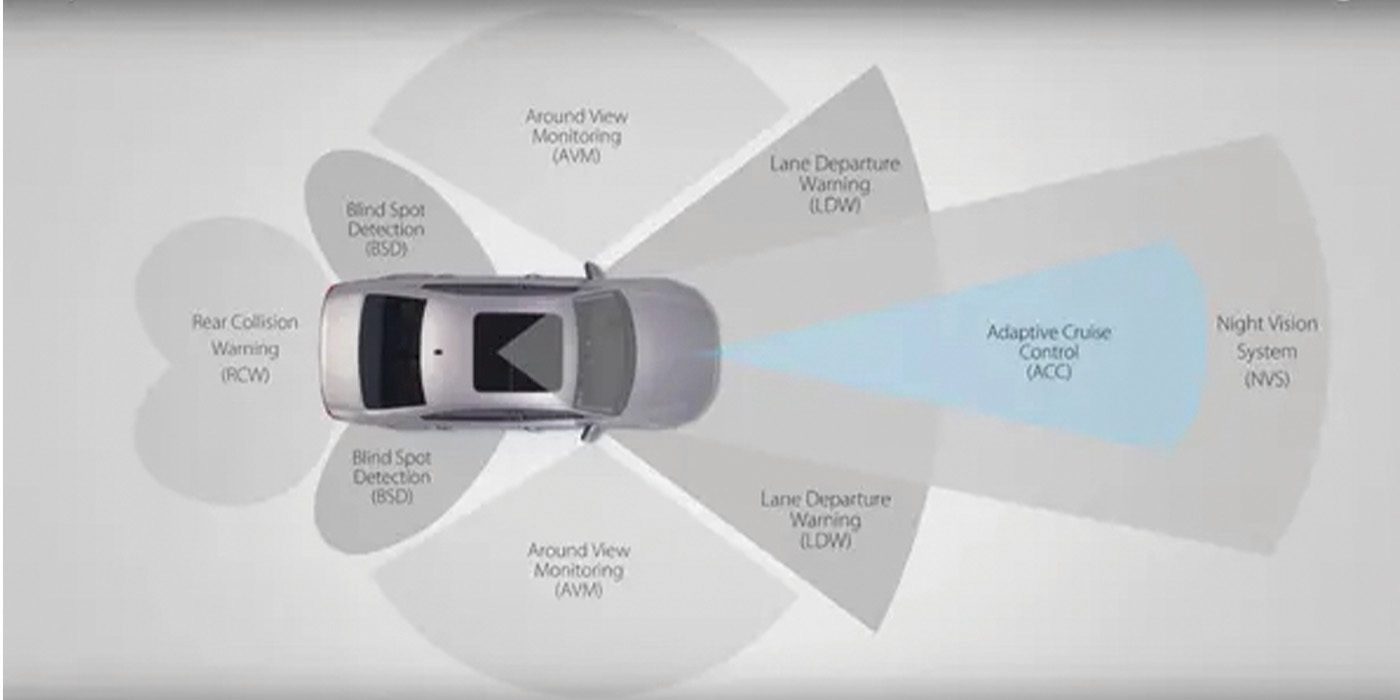By Dave Mesko
Senior Director of Marketing
Cintas Corporation
 There are more than 175,000 automotive repair shops in the U.S., so how can shop owners differentiate themselves and stand out from the competition? While having the most up-to-date technology and talked-about customer service is always beneficial, sometimes a more simple solution can help to improve the customer experience and your shop’s bottom line.
There are more than 175,000 automotive repair shops in the U.S., so how can shop owners differentiate themselves and stand out from the competition? While having the most up-to-date technology and talked-about customer service is always beneficial, sometimes a more simple solution can help to improve the customer experience and your shop’s bottom line.
The professional image that a shop displays often makes the crucial difference between an ordinary experience and one that encourages repeat business. Through a complete program that enhances the image of customer areas, personnel and service bays, independent repair shop owners can improve customer satisfaction — and boost profitability.
Take Stock of the Shop
Prior to determining specific image improvements, owners and operators should assess their current cleaning policies and procedures, and conduct an inventory of personnel and equipment. By first determining the current status of the facility, owners can develop specific strategies that will help to improve professional image and cleanliness throughout the shop.
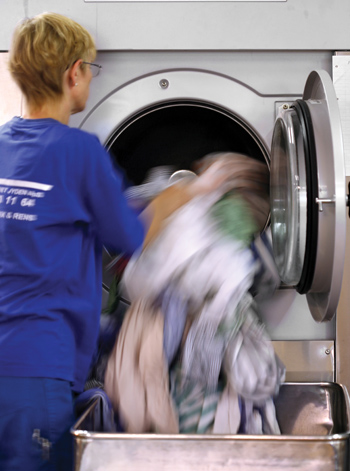
Following the assessment, consider implementing the following image improvements:
• Develop customer area cleaning programs. The waiting area is the first opportunity to create a positive impression among customers. Keep this space in pristine condition to project the best possible image. Ensure that chairs, tables and refreshment stations are kept clean and free of debris and trash.
To improve overall cleanliness and image, sanitize and disinfect hard surfaces daily to remove debris and bacteria. In addition, develop a trash removal schedule to eliminate odor-causing waste that accumulates throughout the day. Schedule daily floor cleanings to ensure these areas also stay free of any debris or liquids.
Keep a continuous supply of coffee, tea, soft drinks and snacks to accommodate varying customer preferences in refreshment areas. Since refreshments are typically self-service, spot-check this area frequently to ensure items are stocked and clean it once every few hours to remove spills and trash.
Additionally, ensure that guests are greeted with a sanitized, well-stocked and odor-free restroom. Make sure restrooms are regularly stocked with soap, paper towels and toilet paper to keep restroom users satisfied. To combat unpleasant odors in customer restrooms, use time-released air fresheners. Assign someone to regularly check on restroom conditions and restock essential supplies.
By creating a pleasant experience in waiting areas and restrooms, customers will feel inclined to return for future services.
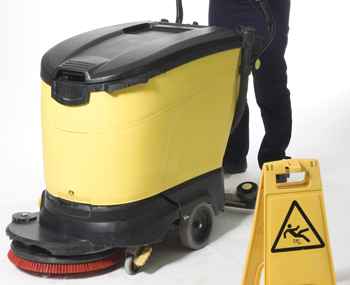
• Ensure personnel look their best. Frequently, shop owners will overlook the importance that a professional-looking technician has on the overall customer experience. As employees serve as a vital point-of-contact in the shop, they offer a critical opportunity to impress customers. Additionally, the image of employees sends a message to customers about the level of service and care their vehicles will receive.
To help employees look their best, provide access to a freshly laundered uniform prior to each shift. Choose a uniform style that promotes the shop’s brand with customized logos, color schemes and styles.
Before implementing a uniform program, ask for employee feedback on fabrics and styles they feel are most comfortable and functional. For example, cargo pants help busy technicians by providing added storage for tools and small parts. Jackets and vests are useful for cold winter months and can complete the entire image program. To ensure employee uniforms are always clean and free of grime, partner with a laundry service provider to schedule convenient pick-up and drop-off times for uniforms.
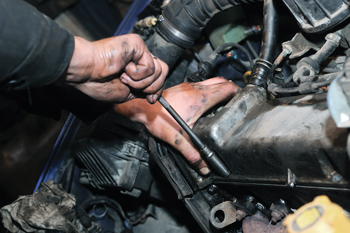
Additionally, hand-washing stations located throughout the service areas help ensure employees always greet customers with clean hands. Stock the hand-washing stations with heavy-duty soaps to cut tough grease and oil. Employees appreciate management’s dedication to their personal image and feel more confident when they look their best.
• Organize and clean service areas. As technicians sometimes bring customers into service bays to discuss their vehicle, these areas should always remain in top condition. Keep tools and parts organized by providing appropriate shelving and storage units.
To eliminate the accumulation of dirty parts, provide a mobile parts washer to help clean parts efficiently and safely, while also enhancing the image of the service area. Choose a parts washer that uses a non-toxic, pH-neutral, aqueous solution to safely remove grease and oils from brakes, suspension components and steering parts. These units help eliminate the need for toxic aerosol parts cleaners and improve indoor air quality throughout the shop.
Additionally, the cleanliness of flooring throughout the service area is one of the most critical factors that can influence customer perception of the shop. Develop daily floor cleaning protocols that can easily be performed during slow periods to maintain flooring throughout service areas. Use cleaning equipment with agitation tools to effectively remove grease and lubricants from shop flooring.
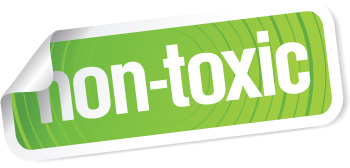
Maintain cleanliness by implementing a matting system to absorb and contain slippery liquids and grease. Place matting in walkways located from the service areas to customer waiting rooms to prevent the tracking of slippery liquids and debris indoors. Matting also helps to prevent slip-and-fall accidents for employees and guests, which can weigh heavily on both the shop’s professional image and reputation.
• Train employees. Ensure that employees are properly trained on policies and understand the importance of the shop’s image. Enhancing the shop’s professional image is a group effort, and all employees must be on board to guarantee the program’s success.
Provide training sessions to educate employees on how to use new equipment correctly and safely. Training provided by equipment suppliers is beneficial, since they are professionally trained in the proper usage and safety measures associated with their equipment. By clearly communicating specific ways that employees can contribute to the program, shop owners will ensure their facility’s image is continuously improved.
Frequently, shop owners and personnel can feel overwhelmed by day-to-day business responsibilities. If this is the case, consider partnering with a service provider to help facilitate a training program and guarantee its success.
While developing a professional image throughout your facility can be an investment in terms of time and resources, its benefits will be well worth the effort. It will impress customers, differentiate your shop from the competition, and lead to higher customer satisfaction scores; all of which translate to repeat business and improved revenue.
Dave Mesko is senior director of marketing for Cintas with more than 16 years of industry experience. Cintas Facility Services offers a wide range of solutions that enable businesses to build their image and increase profitability and productivity. For more information, visit www.cintas.com/FacilityServices.

